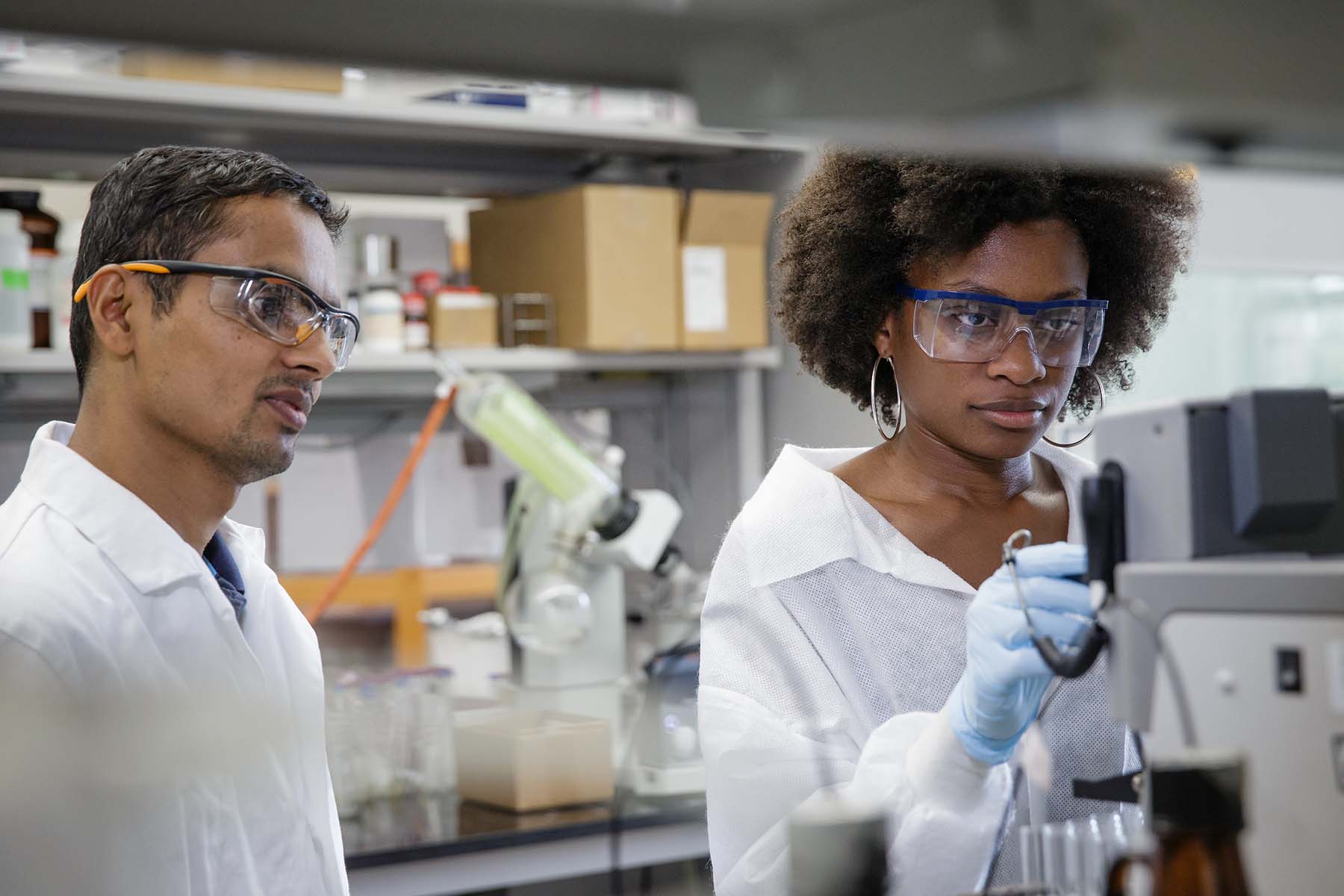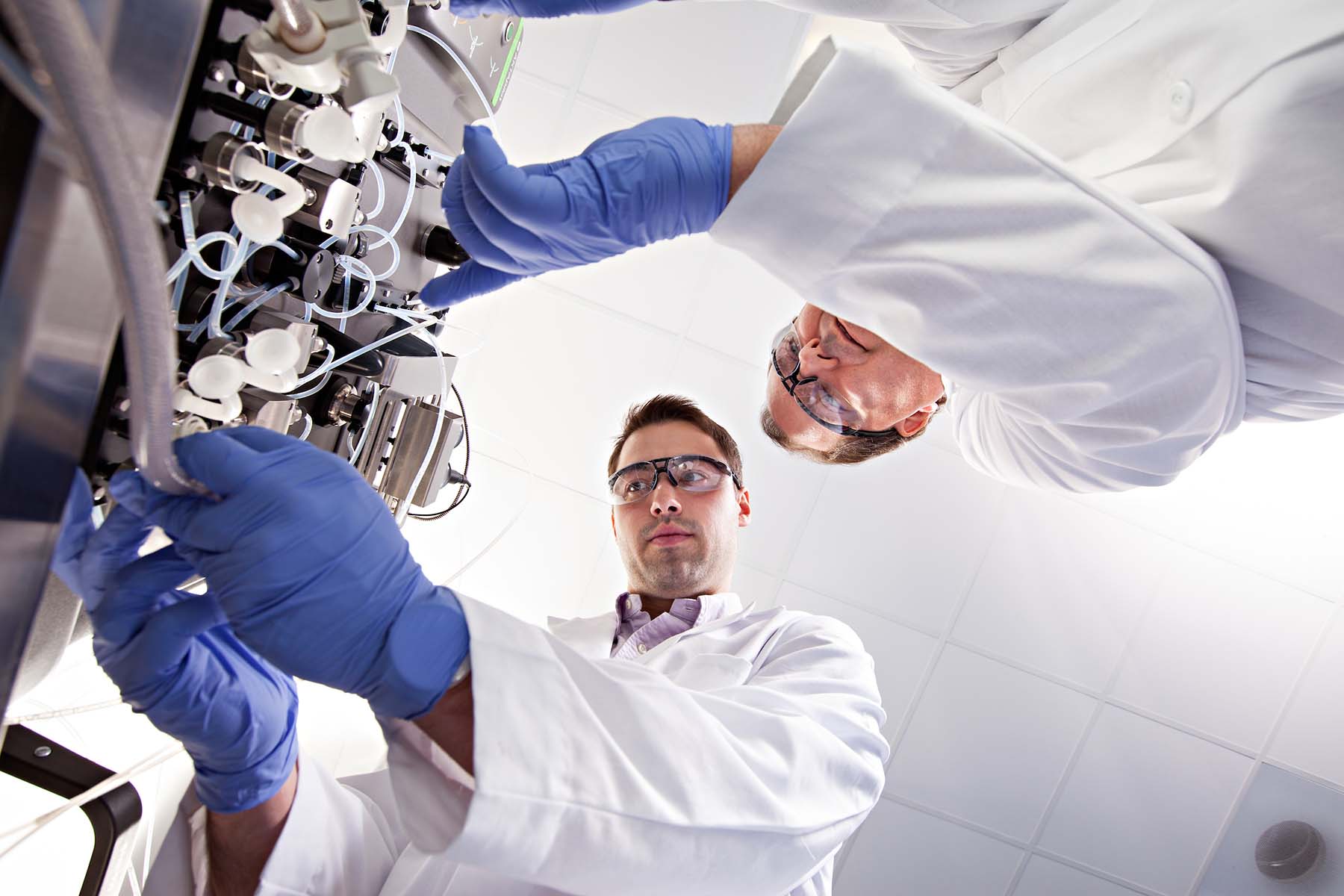Draft Agenda
Subject to Change
All times are presented in the host university’s local time zone.
Tuesday, November 15, 2022
1:00pm - 1:30pm
Opening Session
Conference Opening & Welcome Remarks
Additional Session Locations
1:30pm - 1:35pm
Lightning Talk
Critical Biomedical Challenges for Prolonged Field Care
Executive Summary
Revolutionary biomedical advances are needed for future battlefields as rapid evacuation to advanced facilities may be impossible because of contested air, ground, and communications. COL Cap will highlight current research priorities and challenges that biotechnology could overcome to treat and sustain warfighters in the field for hours to days.
Speaker
COL Andrew Cap, Chief Scientific Officer, US Army Institute of Surgical Research
Additional Session Locations
1:35pm - 2:20pm
Portfolio Brief
Thriving in Austere Environments
Executive Summary
There has been a lot of innovation to develop technologies that allow on-demand capabilities to expeditionary forces that may need to operate self-sufficiently in remote settings. This session will provide a narrative of an expeditionary force and all the challenges and tools that are need to thrive in remote, austere environments.
Additional Session Locations
2:20pm - 2:30pm
Demo
Atomic Magnetometer for Biological Imaging in Earth's Native Terrain (AMBIIENT)
Executive Summary
Live on-site demonstration using AMBIIENT technology to perform live magnetocardiography, the measurement of heart signals. This demonstrates the observation these faint magnetic signals outside of an expensive shielded room, in a typical environment. Analysis of these signals could be useful for the diagnosis of medical conditions, such as heart arrhythmias.
Additional Session Locations
2:30pm - 3:00pm
Break
Additional Session Locations
3:00pm - 3:05pm
Lightning Talk
Closing the Loop on Learning
Executive Summary
An infrastructure for using labeled datasets from deployed platforms in order to enhance performance of future learning algorithms.
Additional Session Locations
3:05pm - 3:50pm
Tech Panel
Technology Revolutions - Seeds of Revolution
Executive Summary
DARPA dreams big, and while we have a vision of the possible future for foundational investments, the path and potential auxiliary outcomes are less clear. We lean into this unknown as opportunity, consistently questioning and evaluating the development process as we go. While we have a clear and focused mission, DARPA also functions within the broader technology development ecosystem. This session will discuss the paths and perspective we take from fundamental investments seeds to realizing a technology revolution in the context of the broader ecosystem.
Speaker
Dr. Geoff Ling, Co-founder and Chief Executive Officer, On Demand Pharmaceuticals
Dr. Brian Holloway, Vice President and Head of the Deep Science Fund, Intellectual Ventures (IV)
Additional Session Locations
3:50pm - 4:00pm
Demo
Make-It
Executive Summary
This talk will discuss the revolutionary technology developed by DARPA performers to make medicines on-demand and on-site for critical care. The talk will contrast this new technology with current practices that require multinational and multiyear effort to convert raw materials into life-saving medicines.
Additional Session Locations
4:00pm - 4:30pm
Break
Additional Session Locations
4:30pm - 4:35pm
Lightning Talk
Constructive, Virtual, Live Testing
Executive Summary
Introduce growing practice of CVL testing within the DoD, and illustrate benefits and challenges with two unclassified examples using CREATE and CDMaST.
Additional Session Locations
4:35pm - 4:40pm
Keynote Address
Admiral Samuel Paparo, Commander, U.S. Pacific Fleet
Additional Session Locations
4:40pm - 5:25pm
Tech Panel
Breakthroughs in Field Robotics
Executive Summary
The progression of robotics since Shakey the robot has been remarkable. Yet there are still many challenges that field robotics must surmount: outmatching humans in pick and place-like applications, maneuvering in tight spaces at high speeds, dealing with adversaries, being resilient and finding a representation of the physical environment that allows for dexterity, manipulation of objects and mobility through deformable or unstable terrains. This panel will address the next breakthroughs in field robotics, define future challenges and explore ways that DARPA can accelerate their development.
Speakers
Dr. Robin Murphy, Raytheon Professor of Computer Science & Engineering, Texas A&M University and Center for Robot-Assisted Search and Rescue
Dr. Wennie Tabib, Systems Scientist, Carnegie Mellon University Robotics Institute
Additional Session Locations
5:25pm - 5:30pm
Closing Session
Closing Remarks
Additional Session Locations
5:30pm - 7:00pm
Networking Reception
Additional Session Locations
Wednesday, November 16, 2022
7:30am - 8:30am
Continental Breakfast
Additional Session Locations
8:30am - 8:35am
Opening Session
Opening Remarks
Additional Session Locations
8:35am - 9:05am
Keynote Address
Honorable Doug Bush, Assistant Secretary of the Army for Acquisition, Logistics and Technology
Speaker
Hon. Doug Bush, Assistant Secretary of the Army for Acquisition, Logistics and Technology
Additional Session Locations
9:05am - 9:10am
Lightning Talk
Healing the Invisible Wounds of War
Executive Summary
The risk of suicide among veterans and warfighters remains unacceptably high. Current descriptive theories provide insights but do not support empirical prediction models. Current population based "universal biomarker" theories are useful guides but cannot predict individual responses. Recent advances in neuroscience, biosensors, and machine learning address current theoretical limitations and form the foundation for building person-specific empirical models of complex biopsychosocial interactions to detect and predict risk of suicidal ideation.
Additional Session Locations
9:10am - 9:55am
Portfolio Brief
Composing Effects in the Joint Battlespace
Executive Summary
The future of the battlespace will require seamless integration between military platforms and systems across domains to the right place at the right time - providing the warfighter an ability to sense, make sense, and act at speed. Survivable sensors that are disaggregated and dispersed provide options for the warfighter to accept contingencies, compose a plan, and accomplish the mission. Creating options to communicate, to facilitate data prioritization and flow, and generate options in a contested environment, with the majority of nodes moving relative to each other and no permanent infrastructure is DARPA hard and critically important.
Additional Session Locations
9:55am - 10:30am
Break
Additional Session Locations
10:30am - 11:15am
University Host Session
Discover/Develop/Deliver
Executive Summary
Universities are a critical component of the U.S. R&D ecosystem, largely performing sponsored work in the early-stages of conceptualization and discovery. This work is in a constant "push/pull" dynamic with sponsors based on ever-changing interests in the fields of study and in balance with advanced development of the products of discovery. This session will discuss the importance - and models - of harnessing this University work, expertise and capabilities for national security purposes.
Speaker
Dr. Joe Elabd, Vice Chancellor for Research, Texas A&M University
Additional Session Locations
11:15am - 11:20am
Lightning Talk
Enabling Next Generation Communications
Executive Summary
Spectrum congestion increases relentlessly. There is, however, a vastly underutilized portion of the EM spectrum at high frequencies, known as G-band (110 GHz - 300 GHz), that is available for high data rate communications. Today, the RF electronics do not exist to support operation in this frequency band, due to both size and efficiency limitations. Enabling communication at this high frequency requires advances in how these electronics are designed and manufactured, and, in particular, the move from planar integration to 3D heterogeneous integration (3DHI). This lightning talk will present an overview of how DARPA is using 3DHI to exploit unused parts of the EM spectrum, focusing on the integration of III-V RF circuits with Si electronics being developed under the ELectronics for G-band ARrays (ELGAR) program.
Additional Session Locations
11:20am - 12:05pm
Tech Panel
Bio to Bits
Executive Summary
While information from our electronics enters the body through our senses in nearly every waking moment, the opportunities for information transfer from our bodies are still developing. This panel will discuss the future evolution of bio-sensing within the human body.
Speakers
Dr. Paul Sheehan, Program Manager, DARPA Biological Technologies Office (BTO) (Moderator)
Dr. Kenneth Shepard, Professor of Electrical Engineering and Biomedical Engineering, Columbia University
Mr. Rick O’Brien, Senior Distinguished Engineer, Cardiac Rhythm Management (CRM) Operating Unit, Medtronic
Additional Session Locations
12:05pm - 1:15pm
Networking Lunch
Additional Session Locations
1:15pm - 1:25pm
Demo
Friend or Foe
Executive Summary
This demonstration will showcase a portion of Texas A&M University's high throughput microfluidics platform (e.g., droplet pairing and merging, cell encapsulation, droplet sorting, etc.) and imaging system. The demonstration will be part video, showing the pipeline from end-to-end, and part live, demonstrating one part of the overall system.
Additional Session Locations
1:25pm - 1:30pm
University Host Session
Non-Equilibrium Nanophotonics
Executive Summary
Optical architectures smaller than the wavelength of light, i.e, "nanophotonics," enable fundamentally new light-matter interactions that especially benefit optical energy conversion, energy beaming, signaling, sensing, and chemical control. Unique non-equilibrium effects in nanophotonic architectures can be used to circumvent assumed thermodynamic limits for these applications.
Speaker
Dr. Matthew Sheldon, Associate Professor, Department of Chemistry and Materials Science and Engineering, Texas A&M University
Additional Session Locations
1:30pm - 2:15pm
Portfolio Brief
Cyber Operations: The Stakes are Only Getting Higher
Executive Summary
Cyber threats are growing in sophistication and number, and increasingly put sensitive data, sensitive computer programs, mission-critical information systems, and U.S. economic competitiveness at risk. Technologies are being developed to address current and emerging cyber threats, enable cyber situational awareness, and provide the basis for accurate, calibrated, and safe cyber response.
Speaker
Ms. Perri Adams, Program Manager, DARPA Information Innovation Office (I2O)
Additional Session Locations
2:15pm - 2:45pm
Break
Additional Session Locations
2:45pm - 3:30pm
Tech Panel
Internet Freedom and Privacy
Executive Summary
Internet freedom - the right to Internet access and freedom from Internet censorship - is of increasing importance to U.S. efforts to promote democracy globally. Privacy is a key aspect of internet freedom because it enables individuals to express their views without fear of reprisal. But even privacy is subject to limits, as societies require the means to detect and combat internet-enabled criminality and violence. This panel will discuss the trade-offs between privacy, the rights of individuals, and the needs of society, all through a national security lens.
Speakers
Dr. Josh Baron, Program Manager, DARPA Information Innovation Office (I2O) (Moderator)
Additional Session Locations
3:30pm - 4:15pm
Keynote Address
Honorable Christine Wormuth, Secretary of the Army
Additional Session Locations
4:15pm - 4:30pm
Closing Session
Closing Remarks
Additional Session Locations






